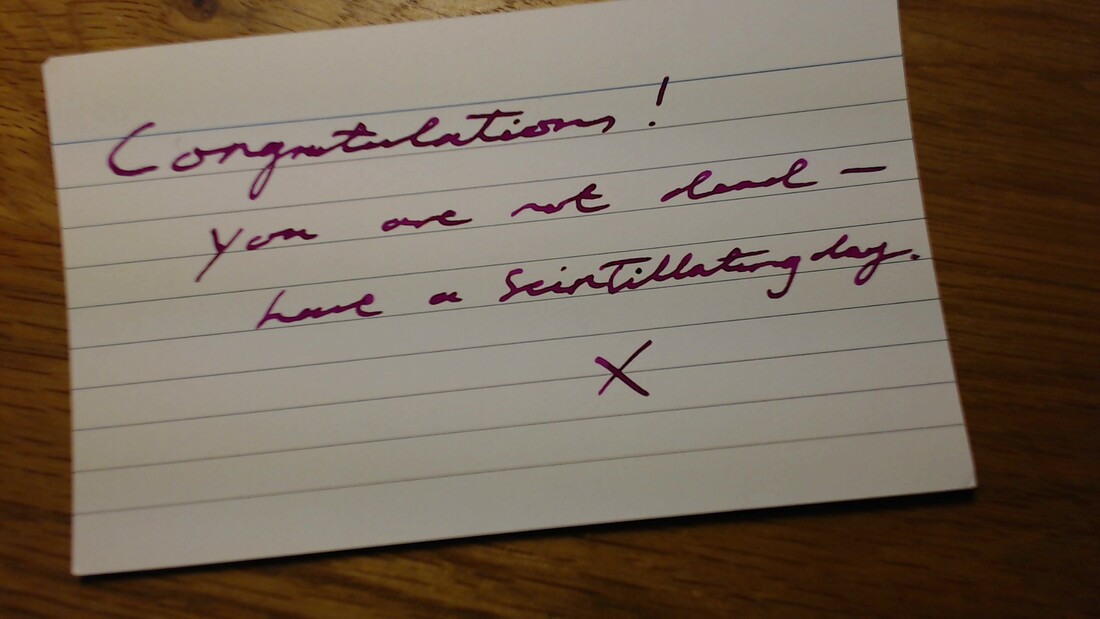|
The Thursday Thesis – 4/4/2019
Nestled within every great religion is the idea “as within, so without”. Makes you wonder why, doesn’t it? What does it mean, as within, so without? At the deepest level, it means that we hold in our minds becomes reality for us: our dominant thoughts become our reality. Our brains are neck-top computers, running whatever software and programs have been loaded into them – whether that’s the malware and viruses of manipulative regimes or political parties, or the positive quest for a worthy goal. Our brains run the programs and are not fussy about the quality or direction of the processing: it’s neutral and blind. With the programs running, our brain sets off to create our reality – a reality which conforms to the thoughts and programs running in our neck-top computers. We begin to notice certain things are judged to be important to our thought processes: it’s called “confirmation bias”, and it means that we tend to reinforce what we expect to be there by searching it out within all of our experiences. This is why we resist change so stubbornly: we want to keep on doing what we are already doing and make the world conform to our prejudices. Beliefs are slow to change as our minds cling to whichever thoughts and programs we are already running. Massive and immediate change is possible, but it is rare. So rather than wait for a Damascene conversion, a more reliable change pathway is via the creation of a “mental blueprint” for yourself and your life. Taking time to create the blueprint, then regularly reviewing and reinforcing it, is what goal setting is all about – but how many people do you know who have a written plan for their lives? “Not many” is my guess. Our minds respond to mental images, and it doesn’t matter where those images come from; whether they are received from external sources or generated within the mind itself. Once the image is captured and added to the programming active within the mind, our minds get to work on making the image a reality. This is why I don’t own a TV... The mind can’t tell the difference between a real image and an image it has imagined with sufficient detail and clarity: differentiating the two is the job of our critical faculty, which tires easily and has only limited capacity. We all know that the two pillars of imagination are playfulness and curiosity: playfulness makes it all a game, and curiosity asks “what if?” and “what else?” and embracing them makes it easy for us – with practice – to create a vivid and compelling mental blueprint for ourselves – for what we want, who we wish to become, and what we will be remembered for: the blueprint for a life of intention and purpose. © Neil Cowmeadow 2019 Please Like and Share The Thursday Thesis with your friends, family, and your invisible friend. I’d love to hear your comments, along with any ideas you’d care to hurl at me. [email protected]
0 Comments
Leave a Reply. |
Share it with your friends
It's Like This...The Thursday Thesis shares ideas which I think are worth spreading. Archives
May 2022
Categories
All
All content on these pages is the intellectual property of the author, unless otherwise stated, and may not be used in any form or reproduced under any circumstances without the authors permission.
|

 RSS Feed
RSS Feed